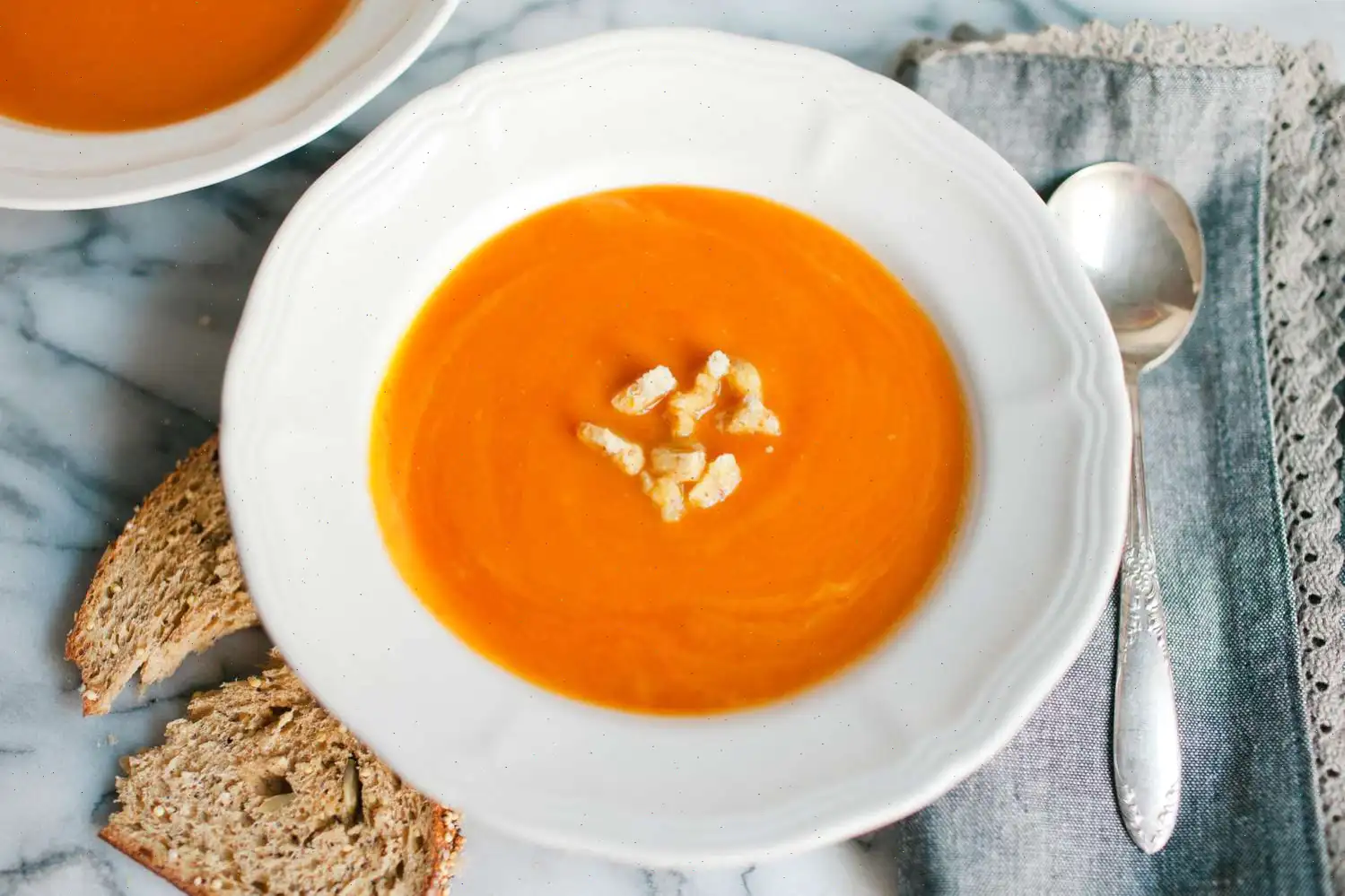
Cheese Agnolotti Recipe
Pasta Dough
- 2 cups all-purpose flour or "OO" flour
- 3 large eggs
Cheese Filling
- 12 ounces ricotta cheese
- 1 ounce grated Parmesan cheese
- 1 large egg yolk
- 1/4 cup finely minced Italian parsley
- 1 teaspoon kosher salt
- 1/2 teaspoon freshly ground black pepper
- 1 pinch cayenne pepper
Directions
Start by making a mound of flour on your work surface. Create a well in the center and crack the eggs into it. Using a fork, gently scramble the eggs and begin incorporating the flour from the edges. As the dough becomes thicker and harder to mix with the fork, switch to a bench scraper to fold the remaining flour into the mixture, forming a shaggy dough.
Now, knead the dough by hand for about 3 minutes until it becomes smooth. Cover it and let it rest for 10 to 15 minutes. After resting, knead the dough for an additional 4 minutes until it is smooth and elastic. Wrap the dough tightly in plastic wrap and refrigerate for at least 2 hours or overnight to allow it to rest further.
In a separate bowl, combine the ricotta cheese, grated Parmesan, egg yolk, parsley, salt, pepper, and cayenne. Stir until the mixture is smooth and evenly combined. Cover and refrigerate until you're ready to use it.
Once the dough has rested, divide it into 4 equal parts. Cover 3 of the sections with plastic wrap to prevent them from drying out. Lightly flour your work surface and shape one section into a rectangle. Use a rolling pin to roll the dough into an 18x9-inch rectangle, thin enough that you can see your hand through it. Trim the dough into two strips approximately 18 by 4 1/2 inches long. Make sure the work surface is lightly floured to prevent the dough from sticking.
Place the cheese filling into a piping bag, or a plastic bag with one corner cut off, and pipe a 1/2-inch thick line of filling down the center of each dough strip, about 2 inches in from the edge. Mist the dough lightly with water to help seal the edges. Carefully fold the dough over the filling, ensuring no air bubbles are trapped inside. Press the long edges of the dough together firmly, flattening the seam as much as possible to ensure it holds.
Using a fluted pasta cutter, trim the excess dough about 1/8-inch from the filling. Starting from the end where the filling begins, pinch the dough and filling tightly together every 1 to 1.5 inches to form individual pockets. Bend the pressed sections of dough slightly forward. Slice between each pinch using the pasta cutter to form individual agnolotti. If needed, mist the dough again before cutting to prevent it from sticking.
Transfer the finished agnolotti to a lightly floured, parchment-lined baking sheet. Cover and refrigerate them until ready to cook, or freeze them on the pan before transferring them into freezer bags for storage.
When you're ready to cook, bring a large pot of salted water to a boil. Gently drop the agnolotti into the water and cook for about 3 minutes, or until they float to the surface. Once cooked, transfer the agnolotti to your favorite sauce and serve immediately.
Nutrition Facts (per serving)
- Calories: 308
- Fat: 10g
- Carbs: 36g
- Protein: 17g
Nutrition Facts
Servings Per Recipe: 6
| Nutrient | Amount | % Daily Value |
|---|---|---|
| Total Fat | 10g | 13% |
| Saturated Fat | 5g | 25% |
| Cholesterol | 176mg | 59% |
| Sodium | 402mg | 17% |
| Total Carbohydrate | 36g | 13% |
| Dietary Fiber | 1g | 4% |
| Total Sugars | 0g | - |
| Protein | 17g | 34% |
| Vitamin C | 3mg | 4% |
| Calcium | 227mg | 17% |
| Iron | 3mg | 17% |
| Potassium | 190mg | 4% |
Percent Daily Values are based on a 2,000 calorie diet. Your daily values may be higher or lower depending on your calorie needs.
The Story Behind Cheese Agnolotti
Cheese agnolotti is a traditional Italian pasta with deep roots in the Piedmont region of Northern Italy. Its origin can be traced back to the Renaissance era when local chefs and home cooks sought ways to transform simple ingredients such as flour, eggs, and local cheeses into a sophisticated dish suitable for festive occasions. The word agnolotti is believed to derive from the Italian dialect word anolone, meaning a type of stuffed pasta, emphasizing the craftsmanship involved in folding the delicate dough around a rich filling.
Regional Characteristics
Piedmontese agnolotti have a signature shape: small rectangular or half-moon pockets with a soft, thin dough enveloping a flavorful filling. Unlike other Italian stuffed pastas, Piedmonts version often features a combination of ricotta, Parmesan, and occasionally spinach, seasoned lightly with herbs. The dough is typically made with 00 flour, prized for its silky texture, which produces a tender yet resilient pasta that holds up well in simple butter or sage sauces. In contrast, regions like Emilia-Romagna favor tortellini, which are smaller, ring-shaped, and often include meat or prosciutto in the filling.
How It Differs From Similar Dishes
Agnolotti stands apart from ravioli and tortellini primarily in shape and texture. While ravioli can vary widely in size and often have a sturdier dough, agnolotti is smaller and more delicate, with an emphasis on a balanced filling-to-dough ratio. Tortellini, on the other hand, are twisted into a ring, whereas agnolottis fold is simpler but requires careful sealing to maintain the tender pocket. The filling of agnolotti tends to be lighter, focusing on cheese and subtle seasonings rather than heavier meats.
Where Cheese Agnolotti Is Typically Served
In Italy, cheese agnolotti is often enjoyed in both home kitchens and fine dining restaurants. It is a staple at Sunday family meals and festive gatherings such as Christmas and Easter. Restaurants serve it with browned butter, fresh sage, or light cream sauces that complement rather than overwhelm the delicate filling. In some modern interpretations, chefs drizzle truffle oil or pair agnolotti with seasonal vegetables to elevate its flavors.
Interesting Facts About Cheese Agnolotti
- Agnolotti was traditionally considered a celebratory dish because the preparation is labor-intensive, requiring careful rolling, filling, and pinching of each piece.
- Some Piedmontese families guard secret variations of the filling, often handed down through generations.
- The dish has influenced other European stuffed pastas, inspiring variations in France and Switzerland.
- Cheese agnolotti can be frozen before cooking, allowing households to prepare large batches in advance for holidays or gatherings.
- Its delicate texture makes it one of the most popular pasta types to pair with light sauces, enhancing the taste of quality cheeses without overpowering them.
You can listen to this recipe in AI audio format. Simply click the play button below to listen to the content in a format that suits you best. It’s a great way to absorb information on the go!








